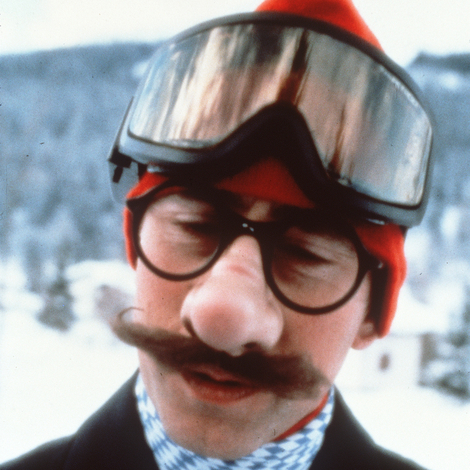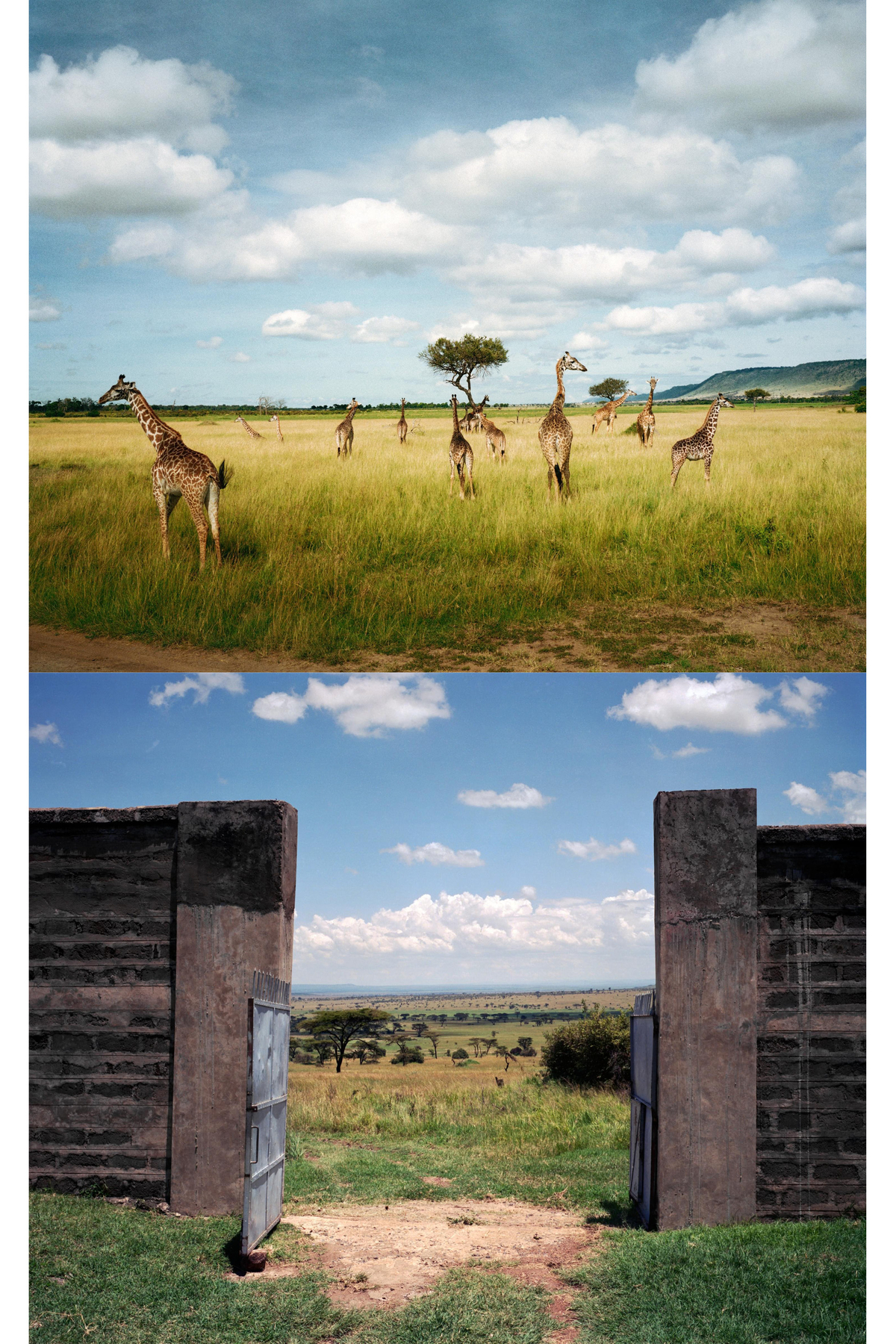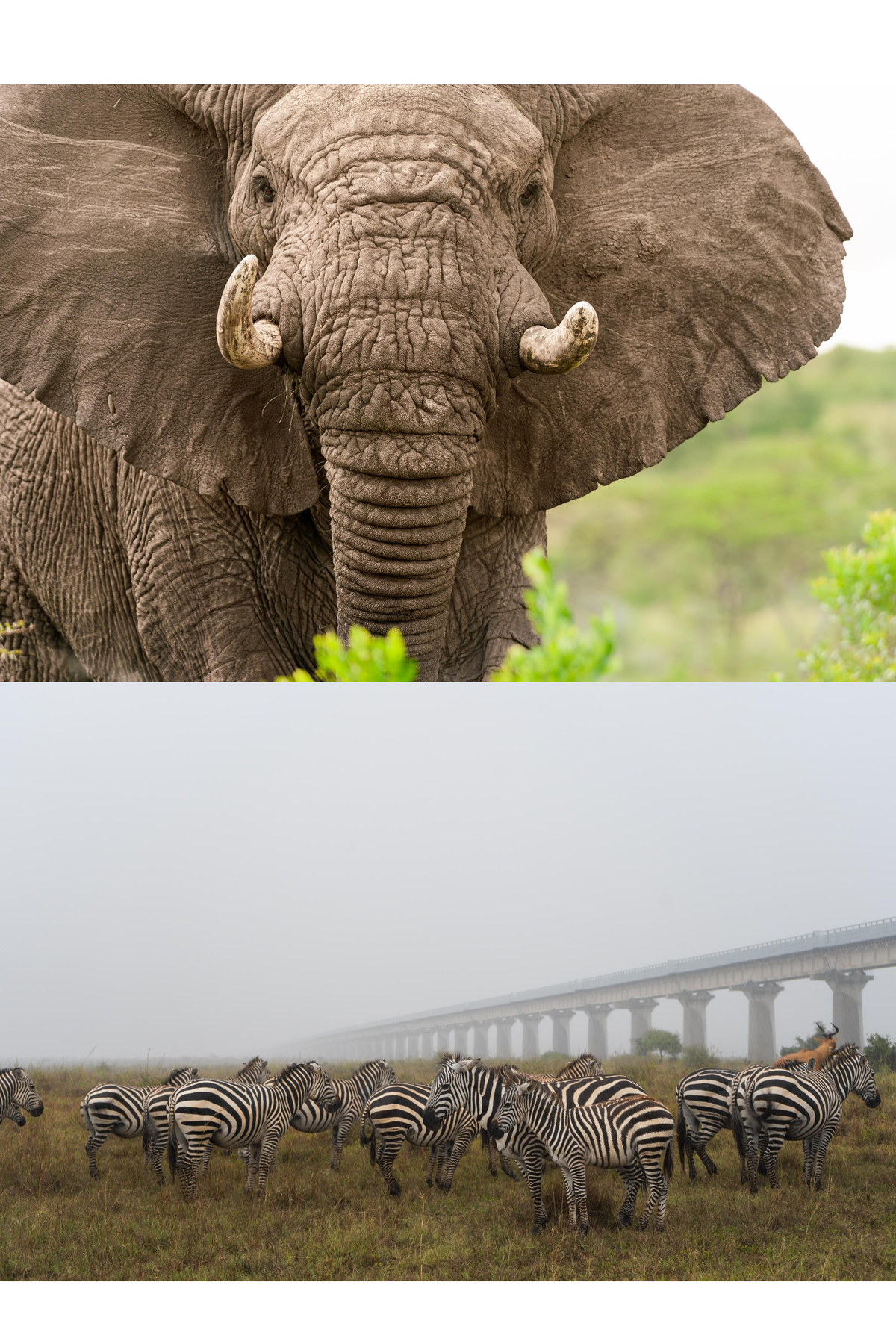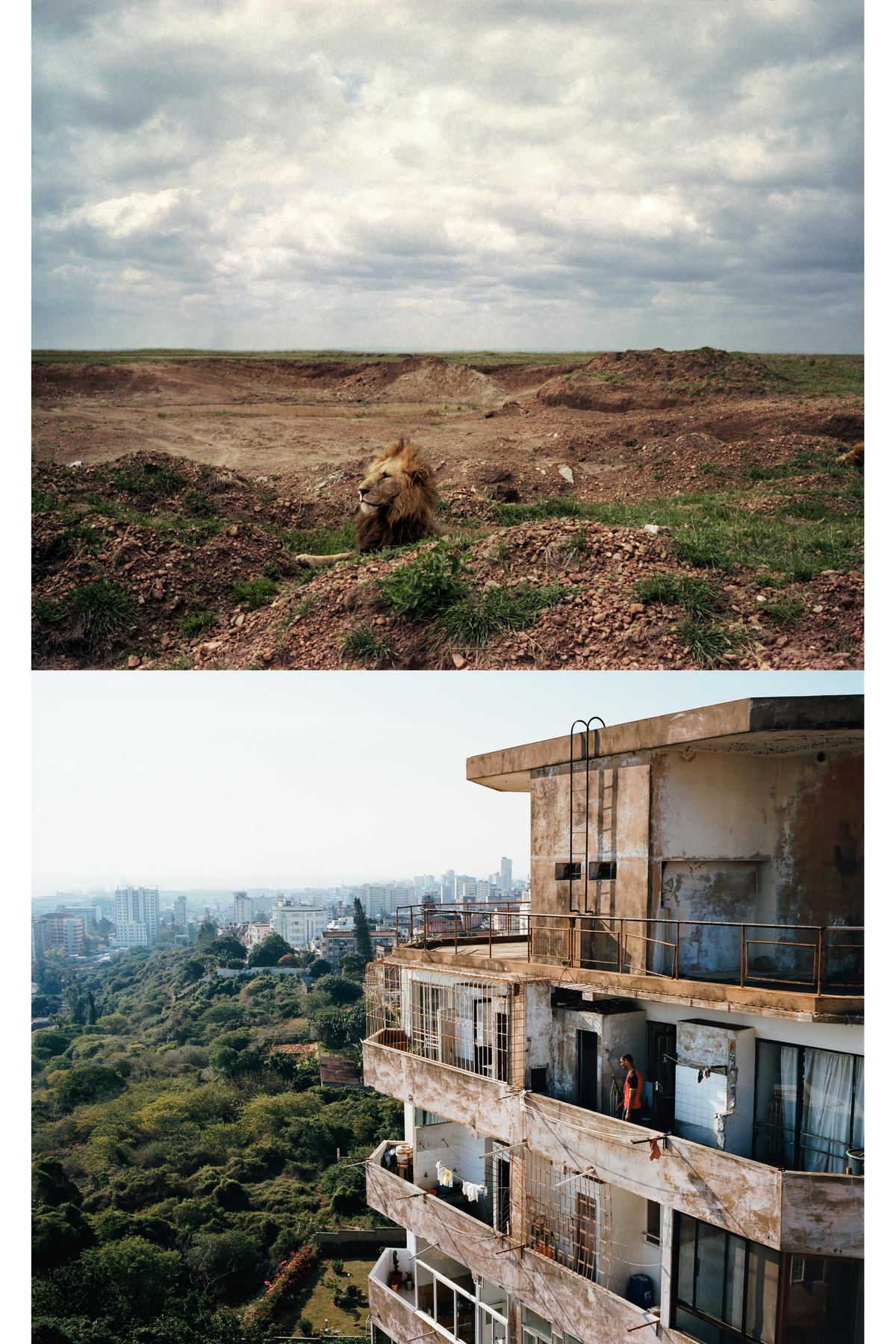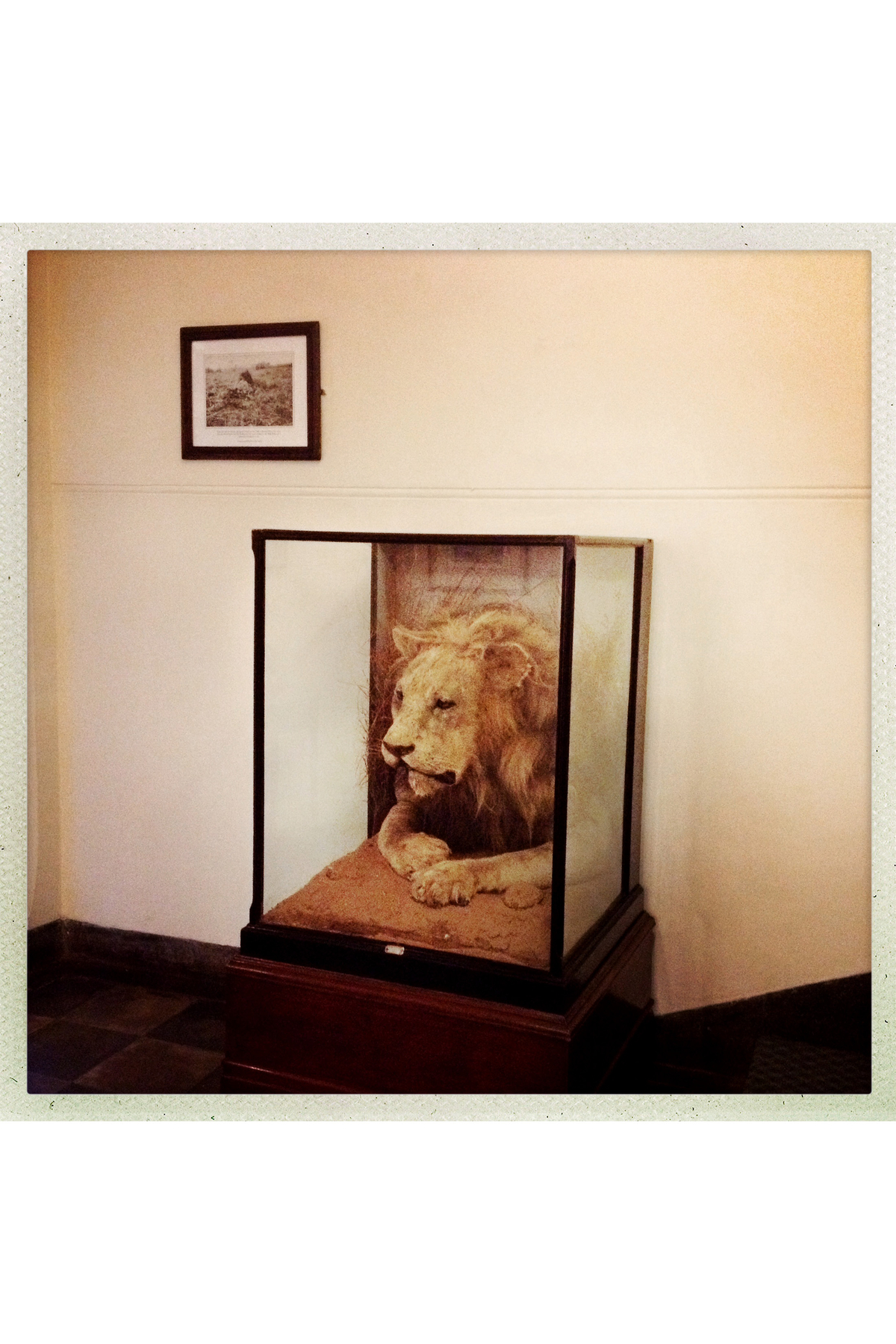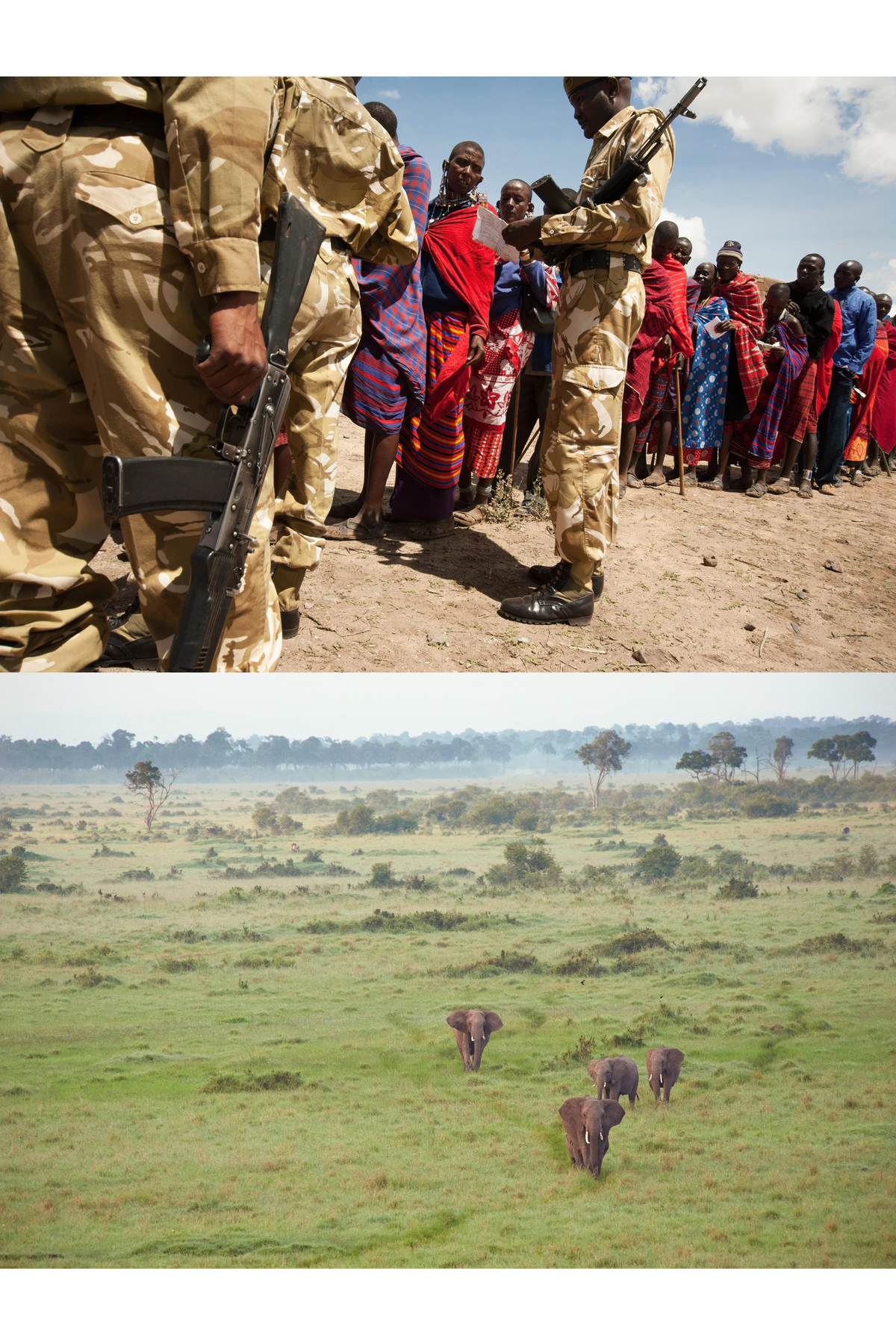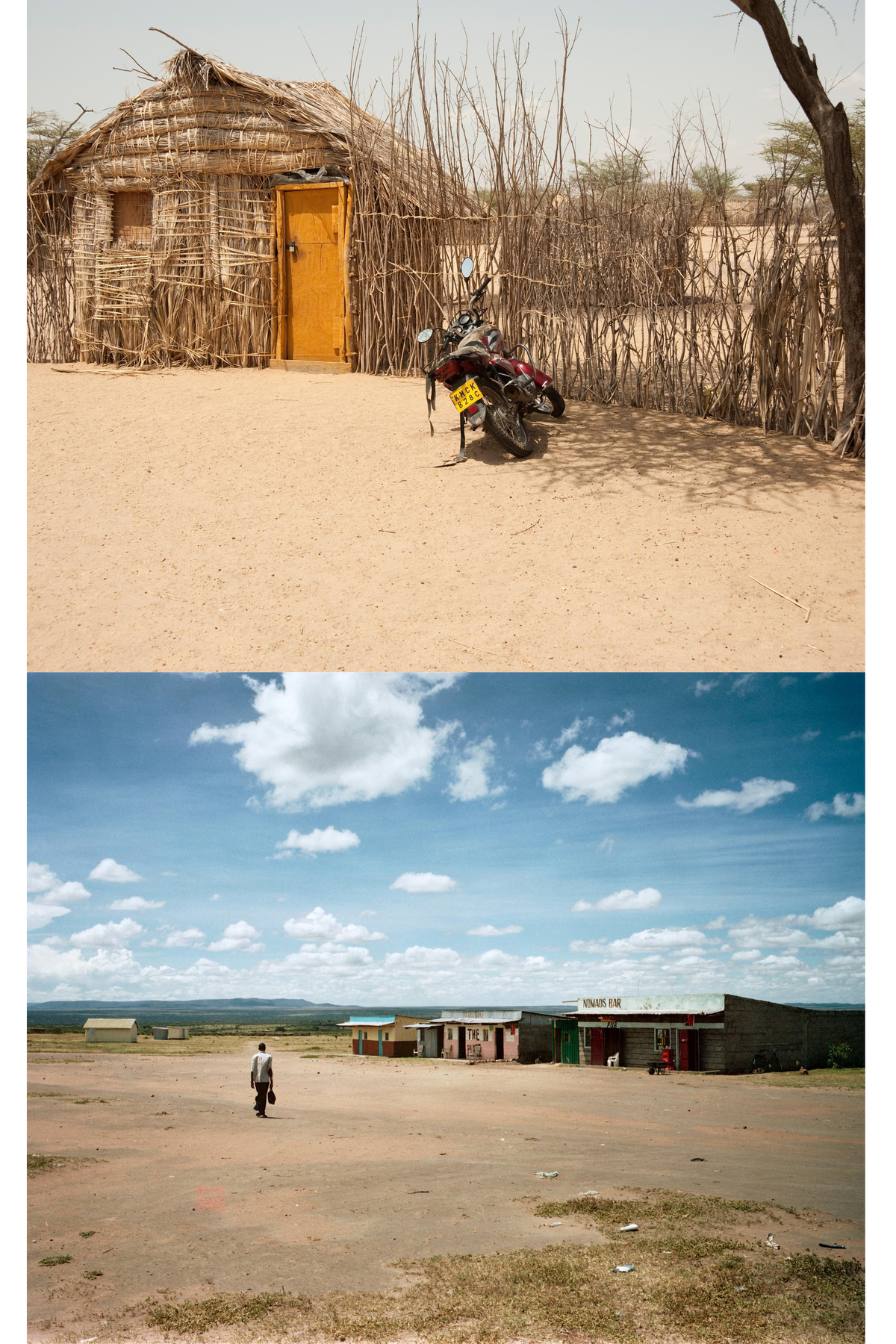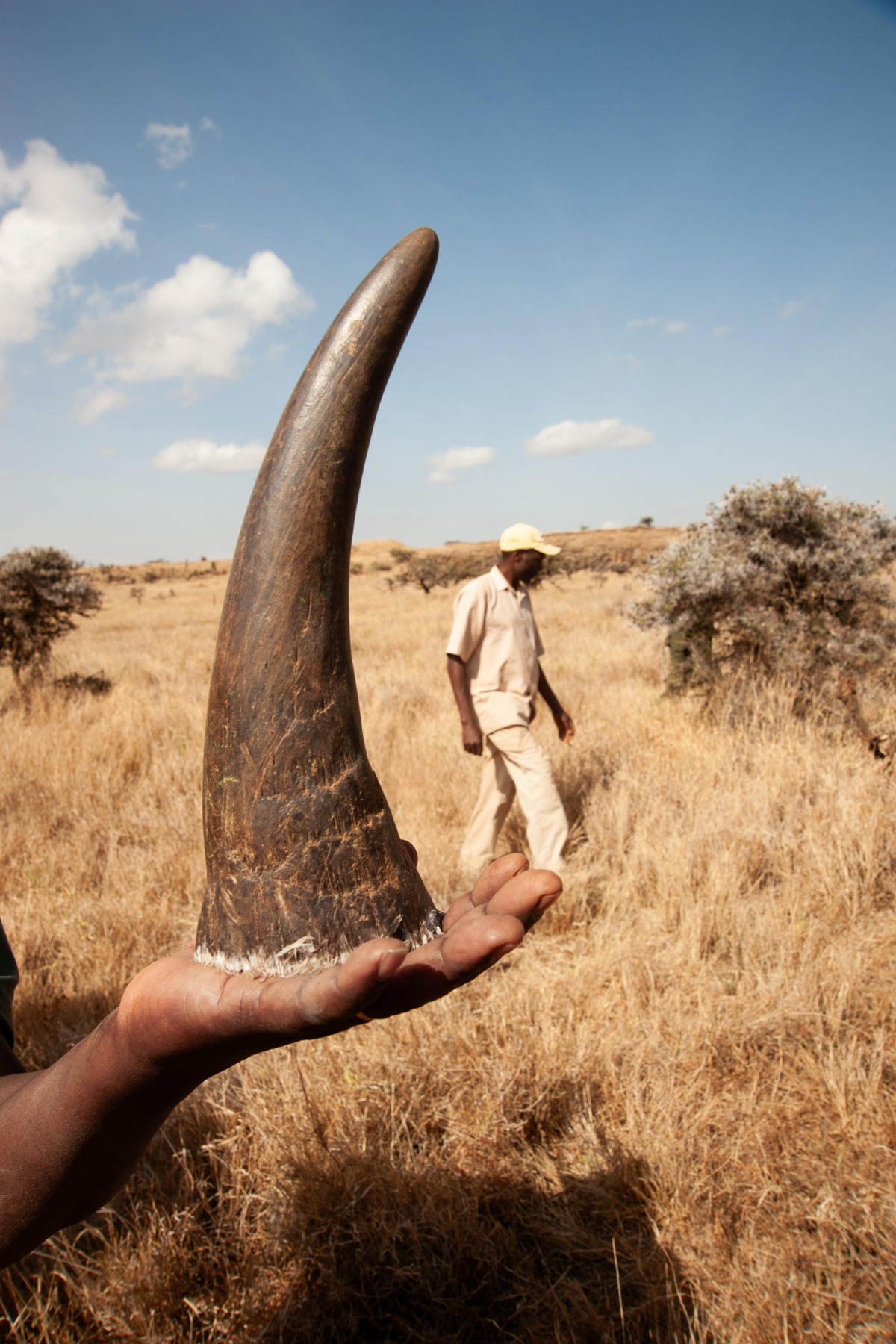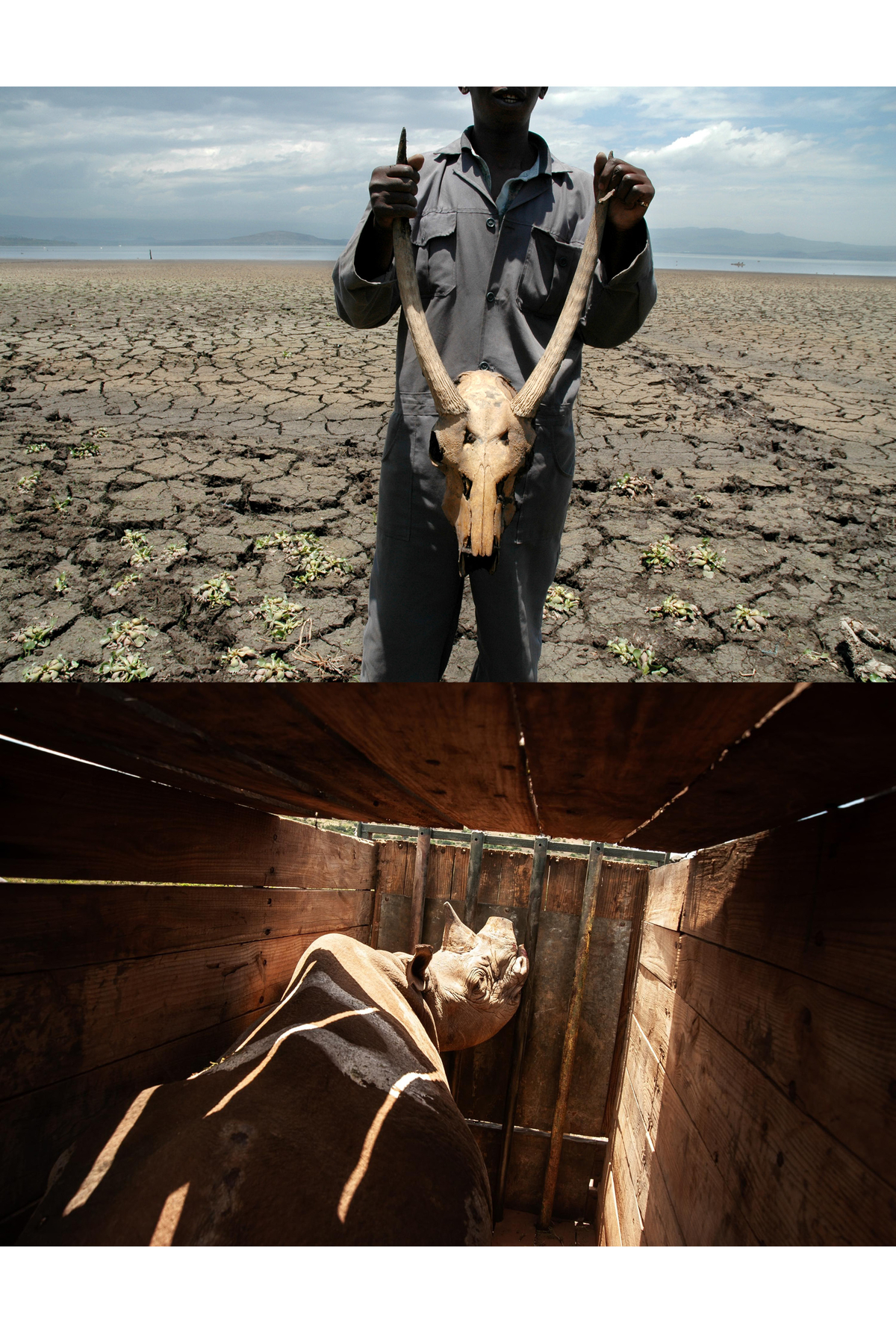Over a 20-year career, the photojournalist Guillaume Bonn has documented civil wars in Sudan and the Democratic Republic of the Congo, ethnic violence in Rwanda and Burundi, and the displacement of pastoralist communities in Kenya and Tanzania. Bonn grew up in Kenya, as did his father and grandfather before him, and his distinctive style—raw and unflinching—has made him a mainstay in magazines such as The New Yorker and Vanity Fair.
Recently, Bonn moved to Lisbon, heartbroken over the state of his continent. “Here’s a metaphor,” he tells me. “It’s like waking up and seeing the tree that’s been down the road from you for 150 years cut down in the night. After a while, it becomes a direct violation of your well-being. All of it together becomes unbearable—you have to get out.”
Western models of progress, he says, are destroying Africa from within. Decrepit buildings from the 1970s are falling apart. Glass towers funded by Chinese investment are erected with impossible-to-repay loans. And as this unchecked capitalist development surges, wildlife vanishes.
Bonn’s sixth book, Paradise Inc., centers on the human-wildlife conflict, linking environmental degradation to the collapse of ancestral tradition. One photo, taken in Turkana County, Kenya, shows a hay shack with a padlocked door and shuttered windows. “Not long ago, this hut had neither,” he writes. “Traditional lifestyles were centered around collective well-being, shared resources, and decisions made for the benefit of all.”
The same shift plays out across the continent’s sprawling national parks. “With no urban planning, a few homes go up—then a dozen. Then a farm. So animals can’t go from point A to point B anymore,” Bonn says. “They’re fenced in.”
The subjects of his photographs—conservationists dehorning rhinos to prevent poaching, a discarded condom on the road from Tanzania to Kenya, a lion stranded in a quarry near a tourist lodge outside the Maasai Mara—form a contrast with the sanitized wildlife imagery we’re used to: the lion chasing the gazelle, the roaring lioness with her cubs. “Those are isolated moments,” he says. “They don’t show what’s around it. I felt it didn’t reflect the nuance or sophistication of the continent.”
Bonn’s images expose the failure of our conservation model—one that isolates wildlife instead of integrating it. “Wildlife doesn’t flourish behind a fence,” he says. “The elephants and the humans are competing for the same resources now,” Bonn adds. “It’s the West—capitalism—that framed it as a competition.” —Elena Clavarino
Elena Clavarino is a Senior Editor at Air Mail
